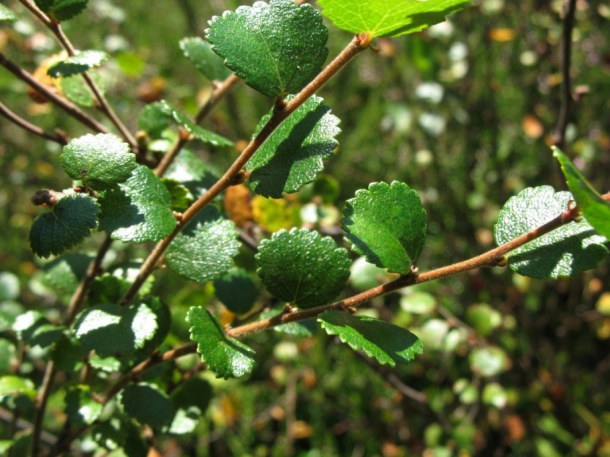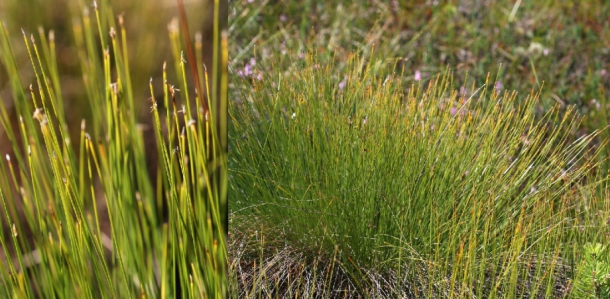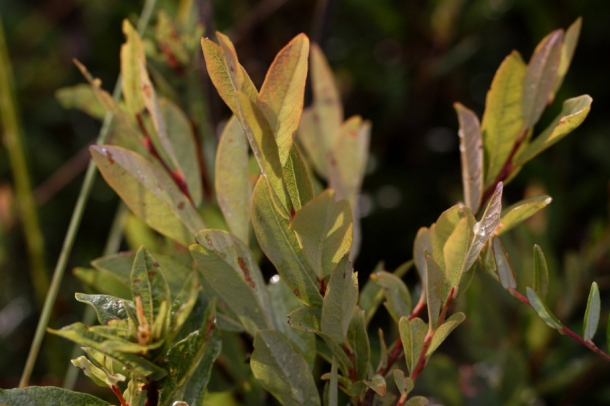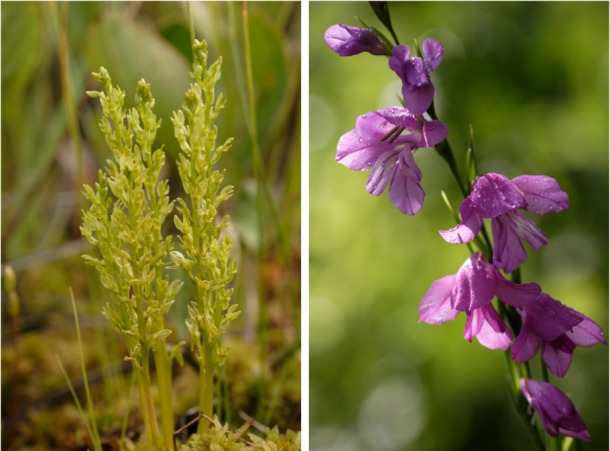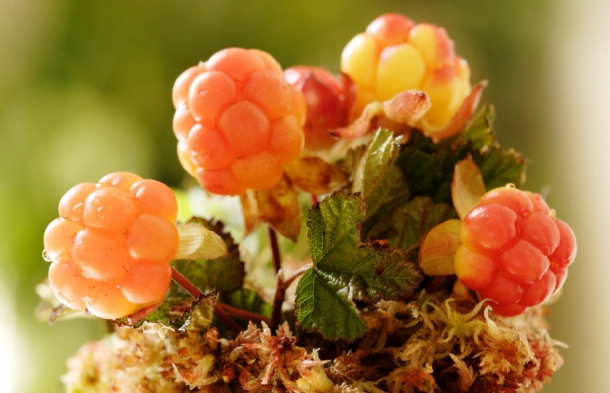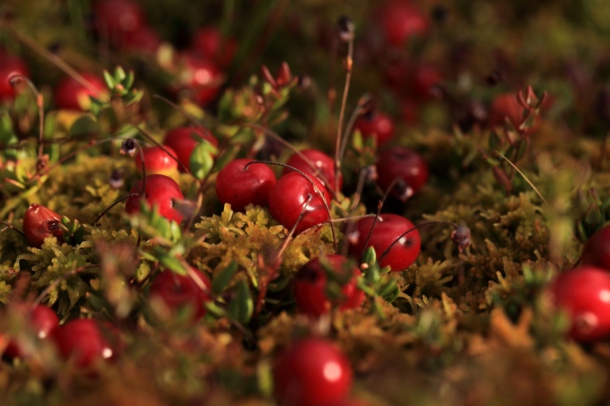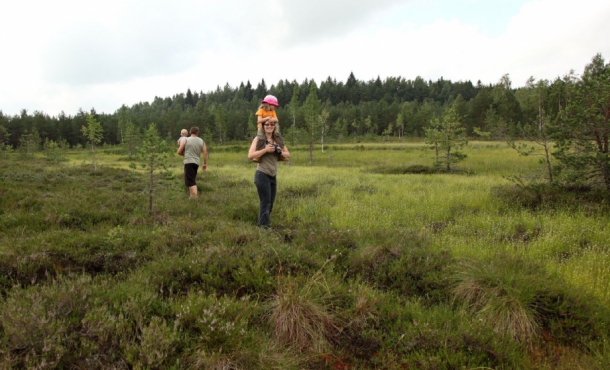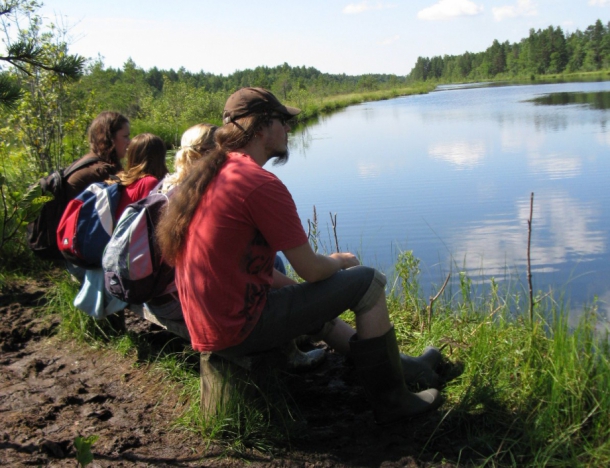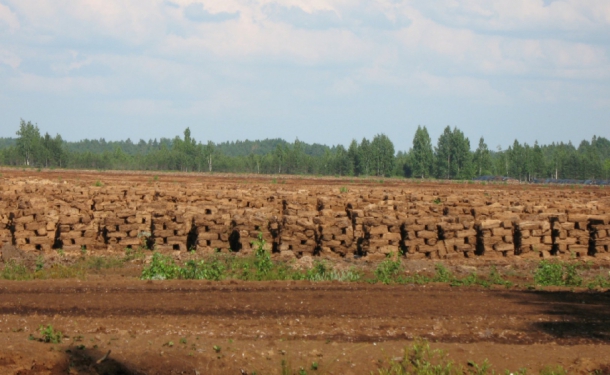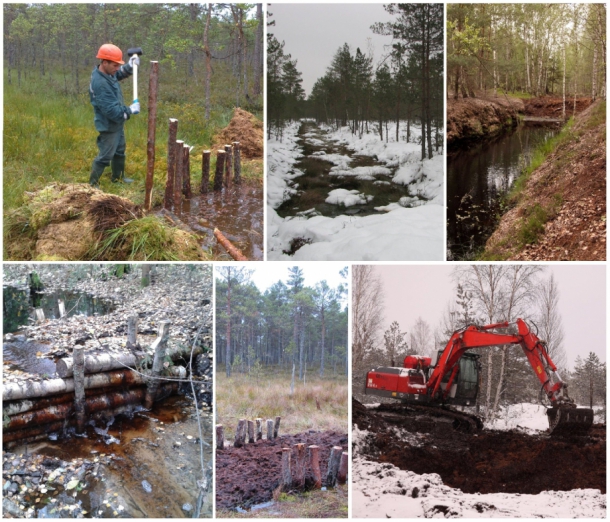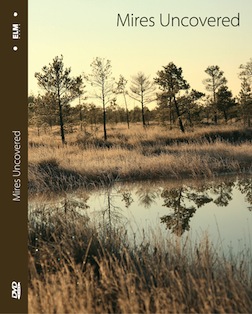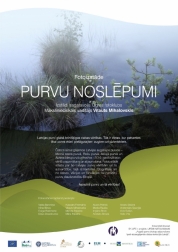Why we must take care and re-establish
Mire conservation
According to the Latvian legislation, mires are protected in a wide range of protected nature areas, like Teiči and Krustkalni Nature Reserves, Slītere, Ķemeri, and Gauja National Parks, North Vidzeme Biosphere Reserve, nature reserves, nature parks (Engure Nature Park, Abava Nature Park), and protected landscape areas. These sites include raised bogs, fens and lakes.
According to Ramsar Convention, the Convention on Wetlands of International Importance, especially as Waterfowl Habitats, mires are one of wetland types. The Ramsar Convention is many-sided international agreement between countries which assume prescribed obligations. For now more than 90 countries have subscribed to this convention. Ramsar Sites may be chosen according to ecological, botanical, zoological, limnological or hydrological importance of the territory. The wetland may become admitted as internationally important after its uniqueness, animal and plant species, water bird population and ichthyologic value.
Latvia joined to Ramsar Convention in 1995. Now six Ramsar Sites in Latvia are established. However, raised bogs are not protected strictly enough. From all six Ramsar Sites in Latvia only two are characteristic with raised bog vegetation, the Teiču-Pelečārea Bog and the Northern Bogs, while other sites, Lake Kaņieris, Lake Engure, Lubana wetland complex and Pape wetland complex are important for migrating water birds.
The protected vascular plant species of raised bogs include deergrass Trichophorum cespitosum, oblong-leaved sundew Drosera intermedia, marsh clubmoss Lycopodiella inunda, dwarf birch Betula nana, whortleberry willow Salix myrtilloides. From bryophytes Calypogeia sphagnicola, Odontoschisma sphagni, Sphagnum lindbergii, Sphagnum molle, Odontoschisma denudatum, Splachnum pensylvanicym and Splachnum sphaericum should be mentioned.
Mire exploitation
Mire protection is still an urgent problem because not only in Latvia but also in other parts of the world mire exploitation and degradation increases. Mire is a very popular place for picking berries and mushrooms. One can gather cranberries, cloudberries, bilberries and cowberries there.
In partially transformed ecosystems where drainage has carried out before, it is possible to plant trees or layout a field and meadow. This kind of transformation was carried out especially in previous fens and transition mires. Therefore, mire exploitation is not allowed if mire biological value is higher than its financial benefit after drainage.
Mires have been exploited for peat extraction for a long time. Peat was used as burning material earlier, but now it is usually used in agriculture, forestry and gardening. Peat from fens is rich with mineral substances while peat from bogs improves soil structure.
Peat was extracted by spade once, but nowadays technique is used so that peat can be extracted relatively fast. As a result mire hydrological regime changes. Its previous condition as well as natural mire vegetation can not be renovated after peat extraction. According to new ecological conditions, different plant species spread after mire exploitation. The previous vegetation is replaced by degraded mire plant species. One can see peat extraction consequences in Ķemeri Mire. Plants spread in these places slowly depending from moisture conditions. In some mires, for example in Seda Mire, previous peat extraction sites are suitable for bird nesting.
Endangered mire habitats
Recently higher interest about Latvian mires comes from peat extraction industry from Western Europe for in many other countries almost all peat resources have been utilized. The highest decrease of mire territories after intensive agriculture and peat extraction occurs in Central and Southern European countries. Those countries that have lost more than 90 % from previous peat resources start to protect and restore their left mires recently. To conserve the small fragments of mires very large funding has been spent. In such countries as the Netherlands, Denmark, Switzerland as well as in large part of Austria, Germany, Greet Britain and Poland almost all mires have been degraded.
In European countries different mire conservation ways have been established – repurchasing mires from private owners, restoring mire hydrological regime, developing of artificial wetlands, and mire vegetation reconstruction in previous peat extraction sites. One viewpoint is very popular in foreign literature and among specialists – to protect mires is much more beneficial for economy than their exploitation from sustainable development aspect.
Mire management methods
Mire restoration is not necessary in natural mires, but it is preferable in disturbed territories to preserve mire habitats. According to intensity of negative influence no mire ecosystem and aim, mire restoration may be managed in two ways – by restoring mire hydrological regime and mire habitats or by regular mowing and pasturing.

